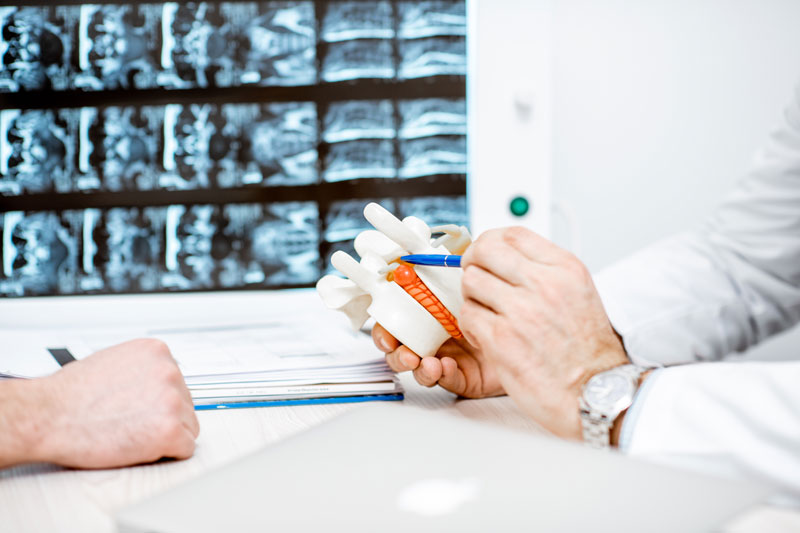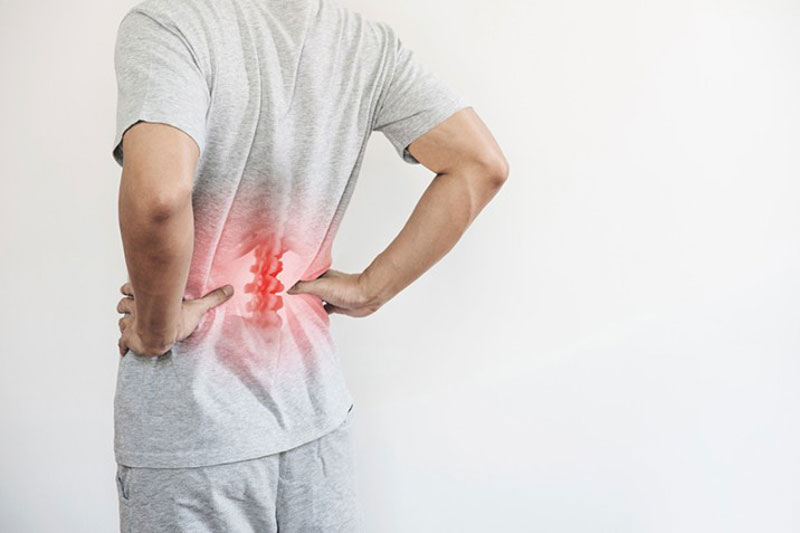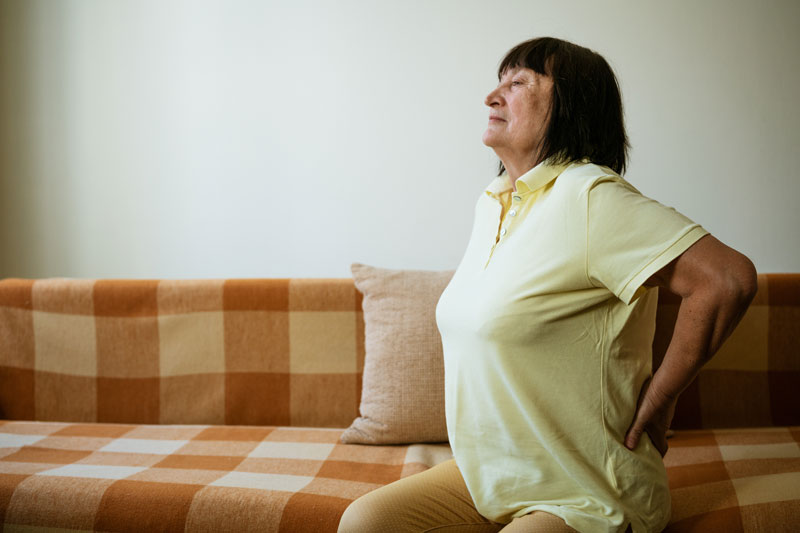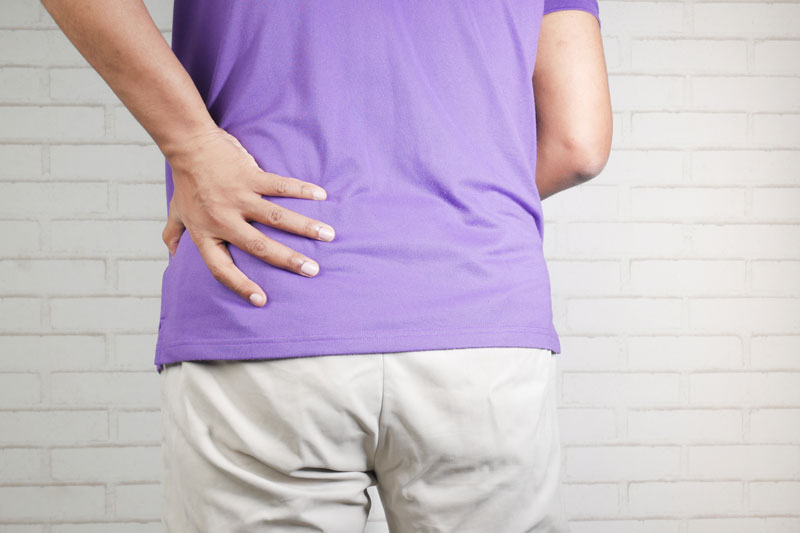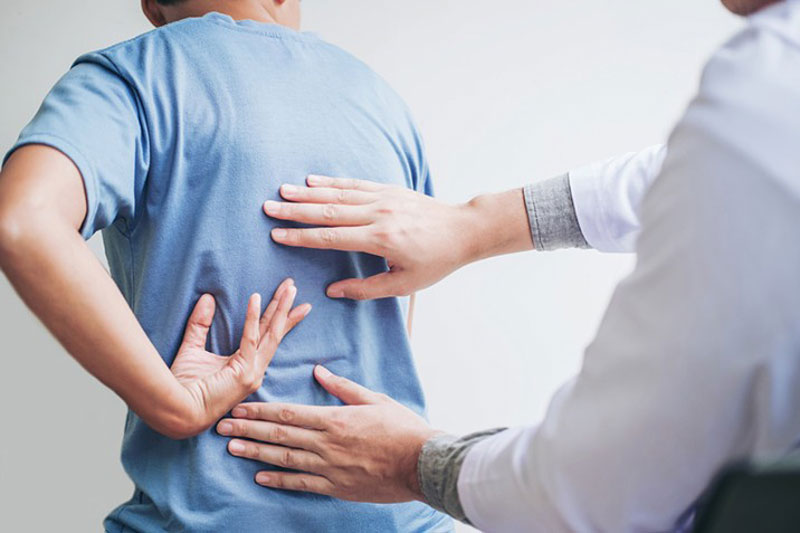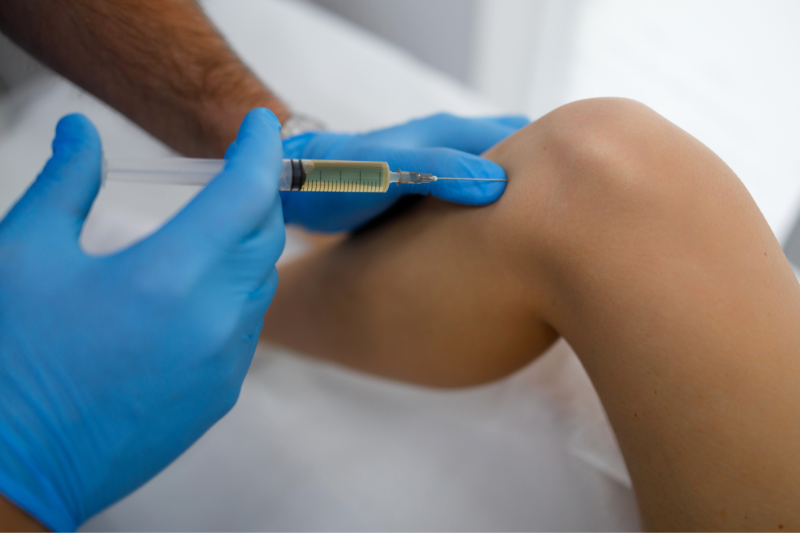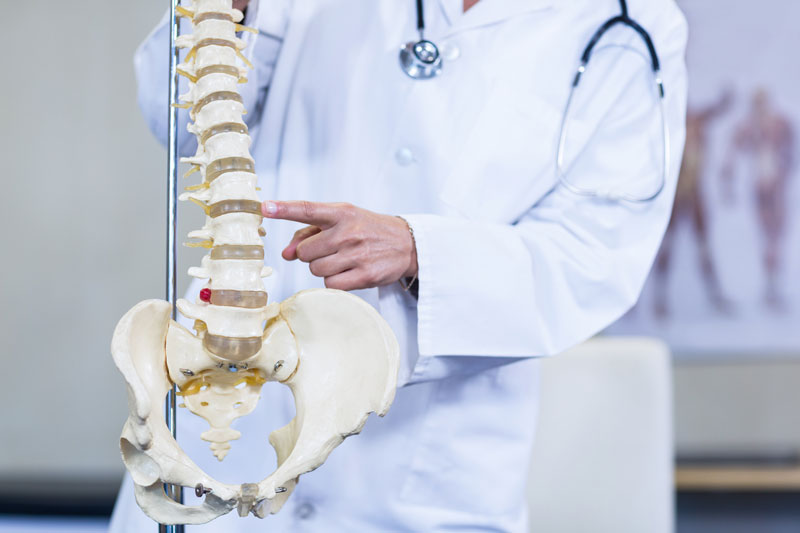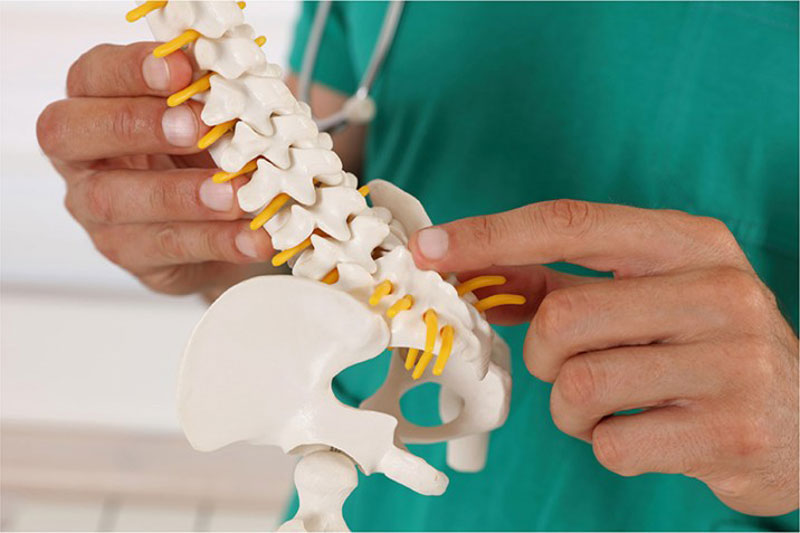What is a Herniated Disc?
Herniated Disc Vs. Bulging Disc:
A herniation isn’t the only problem that can cause trouble with your spinal discs. When the disc falls out of its position between the vertebrae, it bulges out. This disorder can be asymptomatic or cause symptoms such as pain, tingling, and numbness.
The main differentiation is that in situations of a bulging disc, the disc remains intact even as it shifts to an unnatural location. A bulging disc may get injured to the point where it is no longer in one piece. If a bulging disc is left untreated, it may become herniated.
The most prevalent type of disc herniation is lumbar disc herniation. However, disc herniation can occur in the cervical and thoracic regions also.
What Causes a Herniated Disc?
Anyone can have disk herniation. Certain factors, however, increase your chances of having this illness. Some of the most frequent herniated disc causes and risk factors are listed below:
Injury:
Herniated disc causes are frequently associated with back trauma. It can be as catastrophic as a fall, a sports injury, or as simple as changing positions too quickly. The more you strain your back, the more likely you may have a herniated disc. It means that athletes and those who work in physically demanding occupations are at a higher risk than others.
Gender:
While herniation can strike persons of all genders, men are more prone to it than women.
Age:
Your bones become increasingly vulnerable to injury as you age. It is in addition to the natural wear and tear that occurs throughout a lifetime. While herniated discs can impact persons of all ages, they are more common in older people having more damaged spines.
Lifestyle:
Obesity is another risk factor for disc herniation. The extra weight forces the spine to work harder to move your body, increasing your risk of a herniated disc.
How Are Herniated Discs Diagnosed?
During the physical exam, your doctor will look for soreness in your back. To help determine the source of your pain, you may lie flat and move your legs into various positions.
A neurological exam may also be necessary to check your:
- Reflexes
- Muscular power
- Ability to walk
- Sensations of light touches, pinpricks, or vibrations
- A physical exam and a medical history are usually enough for diagnosis.
If your doctor suspects another condition or wants to know which nerves are involved, he may suggest one or more of the tests listed below.
X-Rays:
Although plain X-rays cannot reveal herniated discs, they can rule out other reasons for back pain, such as an infection, tumor, spinal alignment problems, or a broken bone.
CT Scan:
A CT scan collects a series of X-rays from various angles and combines them to produce cross-sectional images of the spinal column and the structures surrounding it.
MRI:
This test can confirm the location of a herniated disc and determine the involved nerves.
Myelogram:
This examination can detect spinal cord or nerve pressure caused by multiple herniated discs or other disorders.
Nerve Tests:
Electromyograms and nerve conduction examinations assess the efficiency with which electrical impulses travel along with nerve tissue. It can determine the location of a nerve injury.
Treatment Options for Herniated Disc
Once you’ve received a diagnosis, consult your doctor about possible treatments for your specific disease and complementary therapies to aid with your symptoms.
Treatment options include:
1. Rest:
In case of injury, you need to rest. Long periods of bed rest can further weaken your back, making recovery even more difficult. If your doctor allows, try alternating periods of rest with intervals of light exercise.
Some workouts will make you feel better, while others will make your herniated disc worse. If an activity – or any form of movement – aggravates your symptoms, discontinue it. If possible, avoid doing that activity until your back has recovered more.
2. Losing Weight:
Losing weight may also alleviate herniated disc symptoms and prevent your back from future injuries.
3. Medications:
You could already be taking over-the-counter medications such as ibuprofen. If you’re still in a lot of pain despite taking these meds, talk to your doctor about what can help during acute pain flare-ups.
4. Physical Therapy:
Physical therapy is another typical herniated disc treatment that will assist patients in regaining much of their earlier range of motion as possible while strengthening the muscles around the injured area.
5. Interventional Treatments:
In some instances, the remedies listed above will not be sufficient to relieve your pain. If this is the case for you, your doctor may advise you to seek more interventional treatment, such as injections or surgery.
Cortisone Injections:
When more conservative treatments fail to relieve your chronic pain, injections, like cortisone injections, can assist. These injections have the potential to provide long term pain relief, but if given too frequently, they can produce serious side effects.
Surgery:
Herniated disc surgery can also include partial or entire excision of the damaged disc or insertion of an artificial disc to replace the injured one. Only 10% of herniated lumbar discs necessitate surgery. The majority of patients will recover with more conservative treatment methods.

